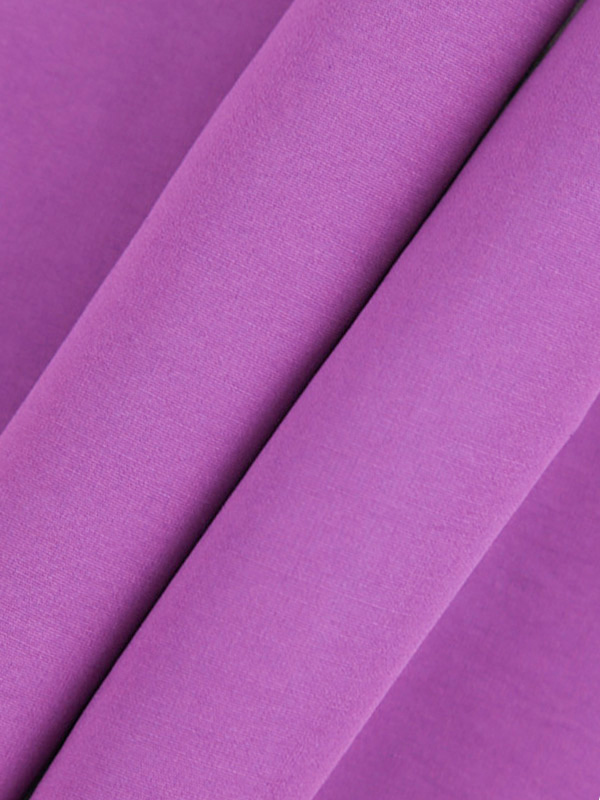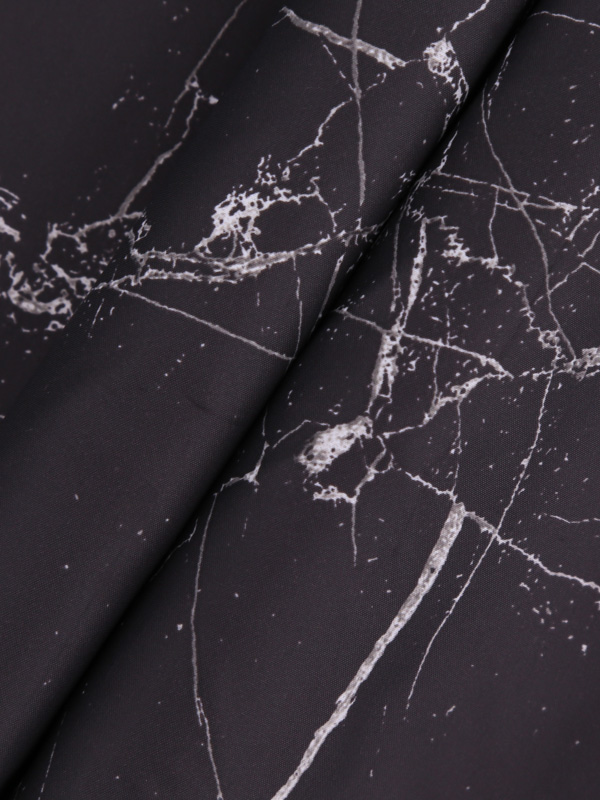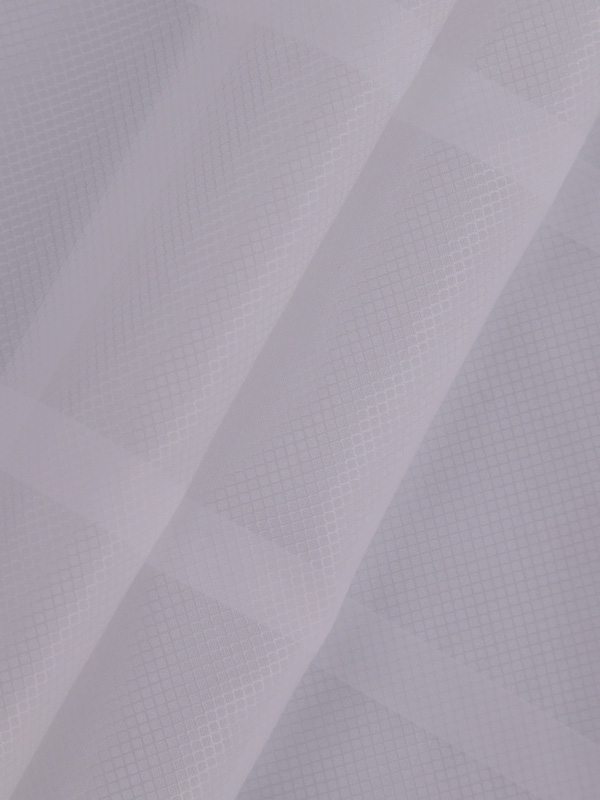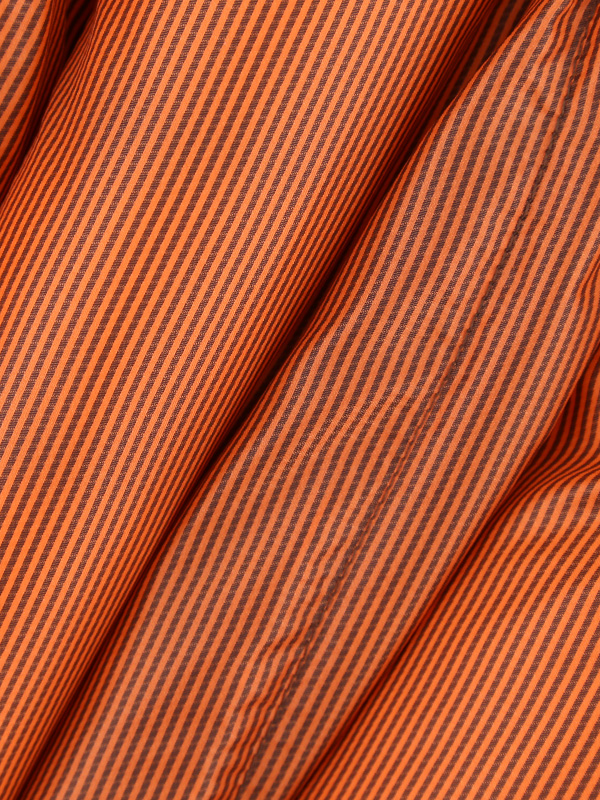Analysis of the reasons for the yellowing of nylon fabrics and corresponding measures
Ozone fading is mainly a problem in the garment industry, because some softeners can cause yellowing of fabrics due to ozone. Special anti-ozone softeners can minimize this problem.
In particular, cationic amino aliphatic softeners and some amine-modified silicone softeners (high nitrogen content) are very sensitive to high temperature oxidation, resulting in yellowing. The choice of softener and the desired result must be carefully considered with drying and finishing conditions to reduce the chance of yellowing.
Textiles exposed to high temperatures can cause yellowing due to fiber oxidation, fiber and spinning lubricants, and impurities on fibers. Other yellowing problems can occur when molding synthetic fabrics, especially lingerie (eg, PA/EL bras). Some anti-yellowing products can be extremely helpful in overcoming this type of problem.

Generally speaking, the light fastness of fluorescent whitening agents is relatively low. If the fluorescent whitening fabric is exposed to sunlight for too long, it will gradually turn yellow. whitening agent. Sunlight, an energy source, degrades fibers; glass does not filter all UV rays (only wavelengths below 320 nm). Nylon fabric is a fiber that is very prone to yellowing, especially semi-gloss or matt fibers containing pigments. Such photo-oxidation will cause yellowing and loss of strength. If the fiber has high moisture content, the problem will be more serious.
The cationic softener will interact with the anionic fluorescent whitening agent to reduce the whiteness value of the fabric. The rate of reduction is related to the type of softener and the chance of contacting nitrogen atoms. The effect of pH value is also very important, but also Strong acid conditions are to be avoided. If the PH of the fabric is lower than PH 5.0, it will also cause the hue of the fluorescent whitening agent to become greenish. If the fabric must be under acidic conditions to avoid phenolic yellowing, an appropriate optical brightener must be selected.


 English
English Chinese
Chinese



